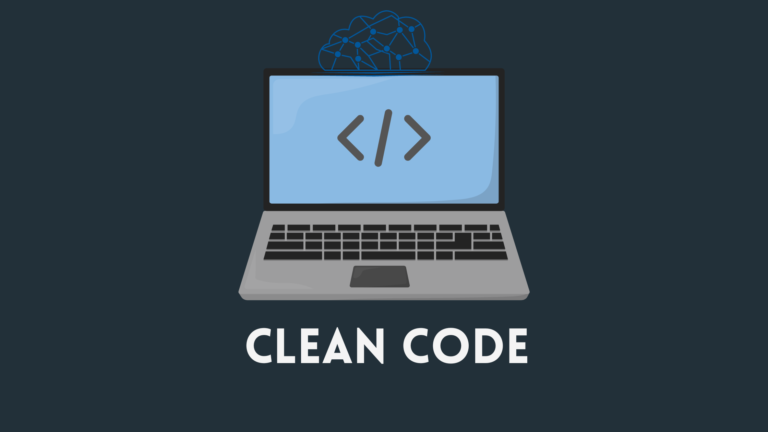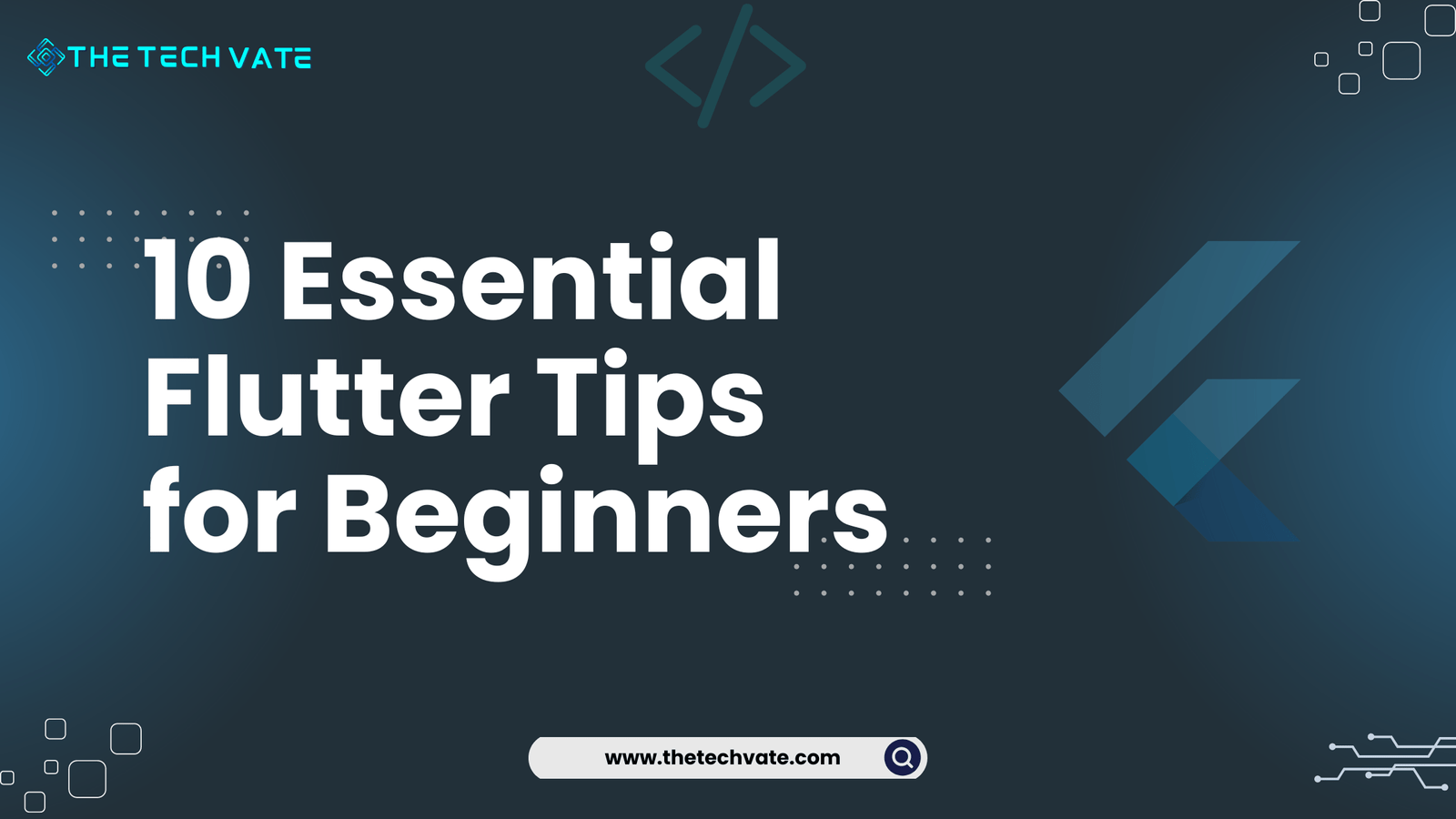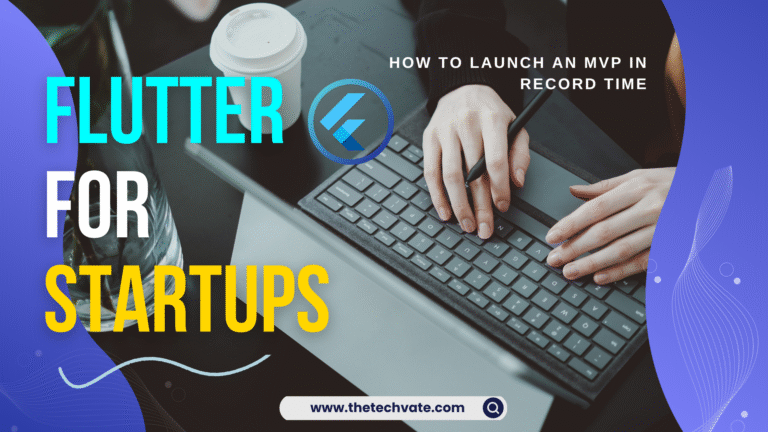Hello Flutter Devs! Today I sat down to write this article “10 Essential Flutter Tips for Beginners”. Hopefully it will help to build a beautiful, high-performance and user-friendly Flutter app. At first, I request you to read the whole article. I can guarantee that this article will help you to enhance your Flutter development journey.
Flutter is an open-source UI software development kit created by Google, which saw swift adoption among several developers the moment it came out as a capable tool to help build natively compiled applications for mobile, web, and desktop using one single codebase.
Then again, just as any framework goes, using it can be heartbreaking when you first get started. These basic tips will surely assist you in being well-trained for your target app use-case and save time, as developed by a new beginner to Flutter.
Table of Contents
1. Understand the Basics of Flutter and Dart
It is very important to learn the basics of Dart before moving on to Flutter, which uses Dart as a programming language. By the way, this is again a tale of future cats (no more hot trends): Dart, which is doing easy with learning programming languages, especially if you were prior in JS or Java.
First of all, start studying variables, data types in Dart, functions, and classes. And then learn the widget tree of Flutter since everything in a Flutter app is a widget. It is not only helpful to know the basics but also significantly broadens your horizons for more advanced topics later.
2. Use the Flutter Documentation and Community Resources
Flutter’s official documentation is a must for all the Flutter developers. It is easy to understand. It covers everything from installation to advanced topics.
Make a habit of referring to the documentation frequently as you develop.
The Flutter Community is also very supportive and vibrant. Stack overflow, GitHub and various Flutter communities on Reddit and Discord can be incredibly helpful. If you face any bugs or any problems, you just post to that platform, and a lot of developers are ready to answer your problems. Although 90% of the problems or errors existed on that platform.
3. Start with Simple Projects
As a beginner, you must start with a simple project. It is very crucial for freshmen. Create small, manageable projects like a to-do app, a weather app, or a simple calculator. These projects help you grasp the core concepts, like state management, widget structure, navigation, and API integration, without being overwhelmed.
When you finish a specific amount of a simple project, your confidence will grow. Then learn the best practices that you can apply to larger projects. The experience of building simple projects helps you to build the best and most user-friendly larger app like an e-commerce or food delivery app.
>> Check out Flutter widget cheat sheet, Dart cheat sheet and Dart OOP cheat sheet
4. Master the Widget Tree
At the core of Flutter are Widgets, a type of UI component for creating views. It is important to understand how widgets are constructed and nested together, as well as their relationship with one another.
The structure of widgets that will define how your app looks and behaves is known as widget tree. Time spent learning common widgets, like containers, rows and columns, texts, and stacks. Understanding Stateful and Stateless widgets This will assist you in creating scalable, flexible, and efficient UIs.
5. Leverage Hot Reload and Hot Restart
Hot Reload: Being an amazing feature in Flutter, You can see the changes you make to your app code real-time without losing state. It will change the whole developer speed up development.
Hot Reload for quick UI tweaks, bugfixes or testing new features Just as important, if not more than the cold restart, is the hot reboot, but less useful when you need a new beginning. Knowing how to use is really time saver.
6. Understand State Management Early On
One of the most important topics in Flutter development is state management. One of the things beginners often have a hard time with is when to manage application states.
Use the simplest state management that you can, e.g., setState in a stateful widget. Once you are confident, proceed to more challenging state management options like Provider, Riverpod, Bloc, GetX. State management is the toughest part to decide; here it depends on your application and how much you like Redux or Mobx.
7. Optimize for Performance
Concurrency in Flutter: Like other reactive development platforms, it offers you great APIs to optimize the performance of your app. Once you are done researching, learn how to use other tools, such as Flutter devtools, that have performance and debugging suites of tools.
Watch out for widget rebuilds; too many can make your app painfully slow. Save yourself from re-rendering and ease your code by not nesting too deep, using a const constructor whenever applicable, and applying lazy load to heavy data. This is so that your applications stay healthy, performant, and error-free.
8. Follow Flutter Best Practices
A developer must always focus on writing clean, maintainable, readable code. Eventually break your code into smaller widgets that you use to implement Flutter best practices. Consume repetitive components in custom widgets to have a short and manageable widget tree. Use consistent names and organize files appropriately. Comments and Documentation: It will improve the reading of code, not only for you but also when someone tries to catch up with your project.

9. Use Plugins and Packages Wisely
There are thousands of plugins and packages published by the Flutter development community on pub.dev.
Whether or not you need a quality package for state management, API calls and even custom animations according to the use case are available. However, use them wisely.
Overusing packages can increase the size of your app and lead to dependency conflicts. Always check the popularity, maintenance status and community feedback of that package before including it in your project.
10. Keep Up with the Latest Flutter Updates
Flutter is constantly evolving, with new features, updates, and bug fixes released regularly. Make sure to stay updated with the latest changes by following Flutter’s official blog and community forums.
Understanding the latest features and changes will help you stay ahead of the curve and take advantage of the new tools and improvements that Flutter offers. Keeping your knowledge up to date will make you a better developer and help you build more efficient and modern apps.
At the End,
It can be both exciting and challenging at first to start with Flutter. So, learn the basics right way to achieve success using community resources, and start with simple projects (never try making them complex) by following a few steps like best practices. Just remain patient and continue to experiment. The more effort you put in, the better and more confident you will be. By following these important guides, you will be on your way to becoming a enough Flutter developer out there.
In this article, we will show the 10 essential Flutter tips for beginners. Hopefully, these tips will help you to build a beautiful, high-performance, user-friendly app. Do simple applications, a few complex applications, and keep learning things.













